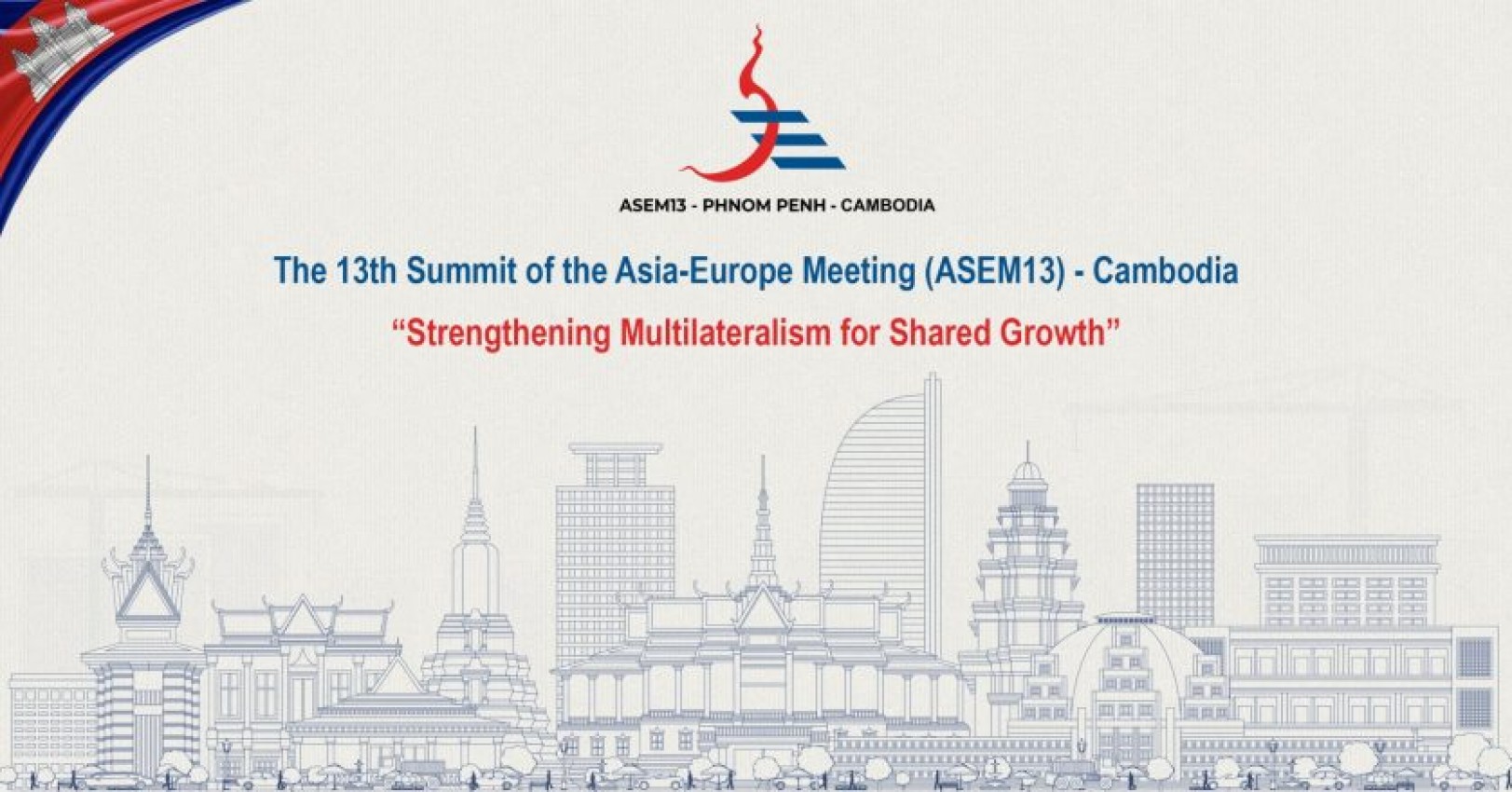PHNOM PENH: The Ministry of Environment has expressed concern over the decline in air quality in capitals and provinces across the country, which has increased the concentration of particle pollution in the air beyond the standard, which is a risk to people's health.
In a statement issued on Monday, the Ministry of Environment said that the source of the increase in PM10 and PM2.5 inert particles was due to emissions from industrial plants, diesel-based vehicles, burning forests, grasslands and solid waste, and dust from construction sites.
The Ministry urges all Capital and Provincial Administrations, as well as all Departments of Environment, to take action in response to the rising problem of air pollution, by taking measures to prevent wildfires and control the burning of solid waste in the open air along with burning in landfills and the production of dust from construction sites. All relevant stakeholders are further urged to keep streets and public areas clean, and to educate people not to engage in the burning of garbage, grass, walls and other agricultural waste.
According to air quality monitoring data from the Ministry of Environment, Phnom Penh has seen an increase in particle matter concentration every year, steadily increasing from 13.59 μg / m³ in 2017, 19.26 μg / m³ in 2018, and 21.12 μg / m³ in 2019. Although the concentration of inert particles is still below the national standard (25 μg / m³), the trend of increasing air pollution from year to year in the atmosphere is of high concern, and requires much attention and immediate action since air pollution negatively effects public health, the environment and, subsequently, economic development.
Secretary of State and Spokesman for the Ministry of Environment, Neth Pheaktra, said that as of Monday, 31 January, the overall air quality in Cambodia was still good despite the steady increase in inertia particle concentration (especially PM10 and PM2.5), however, he raised concerns about the rise of air pollution in some provinces, which pose a risk to public health and the environment.
He said, "The impact of air pollution is huge because air pollution can spread far and wide, causing cross-border pollution, combined with the effects of climactic and geographical factors, making air pollution a health challenge which requires the close attention of all countries. Sources of air pollution are steadily increasing, as are transportation, energy consumption in production processes, services and housing, and the development of infrastructure and construction, resulting in increased emissions."
The Secretary of State explained that inert particles are compounds of organic and inorganic particles floating in the air, of which the main components include sulfate, nitrate, ammonia and black carbon. Particles with a diameter of 2.5 μg or smaller are very dangerous to health because they can penetrate and stay deep in the lungs. There are a number of diseases that can be caused by long-term exposure to inert particles, especially to infants and children, such as respiratory diseases, atherosclerosis, and problems with neurological development and brain functions.
According to the World Health Organization, public air pollution kills an estimated 4.2 million people each year worldwide, with the West Pacific and South East Asia being the worst affected areas.
The Ministry of Environment submitted the Clean Air Plan of Cambodia on 25 January 2022 in order to improve air quality and protect public health and the environment. This strategic document covers key aspects such as the air quality status (current and future trends in 2030), major air pollution sources, regulations and measures to reduce emissions by sector, measurement of emissions that pose health hazards at the national level and measures to reduce pollution in order to improve air quality, protect public health and the environment.





















